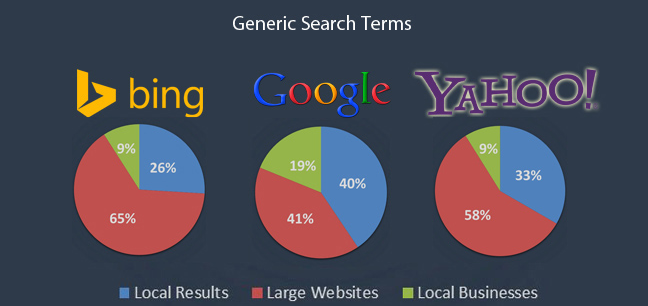Estimated reading time: 4 minutes
Agile, when correctly implemented, offers a range of substantial benefits that go beyond just project management. It can significantly boost productivity, happiness among team members, and focus within organizations. Let’s explore these benefits in detail with real-world examples of successful Agile transformations.
The real power and perks of Agile – Enhanced Productivity
- Iterative and Incremental Progress: Agile divides projects into small, manageable iterations. This approach allows teams to make continuous progress, delivering valuable features with each iteration. For example, a software development team adopting Agile might release new features every two weeks.
- Reduced Waste: Agile minimizes wasted efforts on low-priority or unnecessary tasks. Teams focus on high-value work, resulting in increased efficiency. Consider a marketing team using Agile to prioritize and execute the most impactful campaigns, leading to better ROI.
- Faster Response to Change: Agile’s adaptability allows teams to respond swiftly to changing requirements or market conditions. This responsiveness ensures that the product remains aligned with evolving customer needs. An example is an e-commerce platform adjusting its website layout and features based on user feedback and market trends.
The real power and perks of Agile – Increased Happiness
- Empowerment: Agile often empowers teams to make decisions and take ownership of their work. This autonomy can lead to increased job satisfaction. A manufacturing team might implement Agile practices, giving factory workers more say in process improvements, resulting in a happier workforce.
- Clear Goals and Feedback: Agile provides clear, achievable goals for each iteration, reducing ambiguity. Regular feedback loops and retrospectives help teams identify issues and make improvements. This clarity and continuous improvement contribute to a sense of accomplishment and satisfaction.
- Collaborative Work Environment: Agile encourages collaboration among team members, stakeholders, and customers. Collaborative decision-making and problem-solving foster a positive work environment. A customer support team practising Agile might involve agents in decision-making, leading to improved morale and a sense of ownership.

The real power and perks of Agile – Enhanced Focus
- Regular Review and Adaptation: Agile teams regularly review their work and adapt their strategies. This ongoing reflection helps teams stay aligned with their goals and maintain focus on what matters most. An architectural design team could use Agile to review and adapt their designs based on evolving project requirements.
- Prioritization: Agile places a strong emphasis on prioritizing work based on customer value. This ensures that teams are continually focused on the most critical tasks. An Agile product development team might prioritize features based on customer feedback and market demand.
- Transparency: Agile promotes transparency through tools like Kanban boards and daily stand-up meetings. This visibility keeps everyone informed about progress and impediments, reducing distractions and maintaining focus. A content creation team might use Kanban boards to visualize their workflow and prioritize content creation effectively.
Real-world examples of successful Agile transformations can be found in various industries:
Spotify:
The music streaming giant adopted Agile at scale, organizing its development teams into “squads” and “tribes.” This transformation allowed them to rapidly innovate, adapt to changing market conditions, and maintain a strong focus on user experience.
Zappos:
The online shoe and clothing retailer embraced Agile practices to empower its customer service teams. This shift led to happier employees who could better meet customer needs through more efficient and flexible problem-solving.
Toyota:
This automotive giant applies Agile principles in its manufacturing processes. By empowering factory workers to suggest and implement process improvements, Toyota maintains a culture of continuous improvement, increased employee satisfaction, and high-quality products.
In conclusion, when correctly implemented, Agile can indeed boost productivity, happiness, and focus within organizations. Its principles of iterative progress, collaboration, and adaptability provide a framework for teams to thrive, resulting in not only successful projects but also more satisfied and engaged team members.
Here are some of our trending articles that might interest you:

I am a 33-year-old gentleman from a lower-middle-class family hailing from a small village Narasinghpur in Cuttack, Odisha, INDIA. I have a post-graduate degree in M.Tech from BITS Pilani. I started blogging back in June 2014. You can check out my journey and all that I have learnt all these years on my website.




